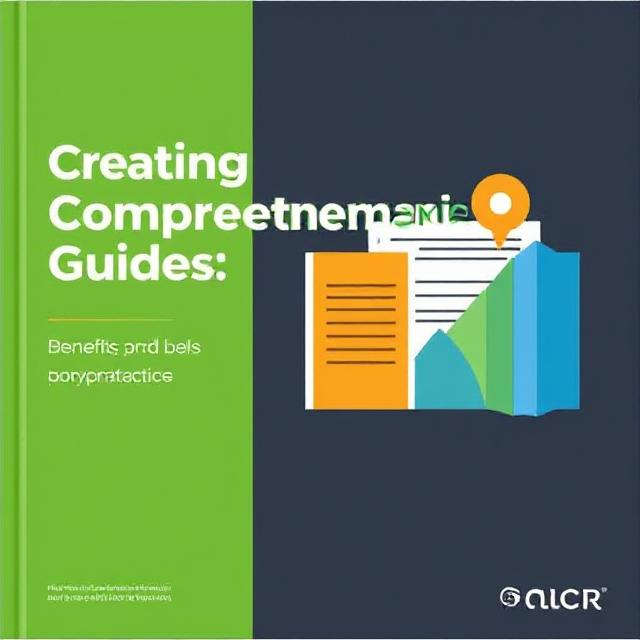
In today’s fast-paced digital landscape, comprehensive guides have become an essential tool for bloggers and businesses alike. These in-depth resources not only provide valuable information to readers but also enhance search engine rankings, build credibility, and drive traffic over time.
Benefits of Creating Comprehensive Guides
1. Improved SEO and Higher Search Rankings
Search engines prioritize long-form, well-structured content that answers user queries thoroughly. Comprehensive guides incorporate relevant keywords, headings, and internal links, making them highly favorable for SEO.
2. Establishing Authority and Credibility
Publishing well-researched guides positions you as an expert in your niche. Readers are more likely to trust your content, return for more insights, and share your resources with others.
3. Increased Engagement and Retention
Detailed guides encourage visitors to spend more time on your site, reducing bounce rates. Engaging content, such as case studies, examples, and multimedia elements, keeps readers hooked.
4. Better Monetization Opportunities
Comprehensive guides provide multiple avenues for monetization, including affiliate marketing, sponsored content, and premium downloads. By offering valuable insights, you can encourage readers to purchase recommended products or services.
5. Long-Term Traffic and Evergreen Value
Unlike short-form posts that may lose relevance quickly, well-crafted guides can drive consistent traffic for years. Updating them periodically ensures they remain accurate and useful.
Best Practices for Writing Comprehensive Guides
1. Choose a Highly Searched Topic
Research audience needs using tools like Google Trends, AnswerThePublic, and keyword research platforms. Focus on topics that are broad enough for detailed coverage yet specific enough to target a particular audience.
2. Outline the Guide Before Writing
Structuring your guide helps maintain clarity and logical flow. Use headings, subheadings, and bullet points to organize information effectively.
3. Provide Actionable and Well-Researched Content
Avoid generic content—support your claims with data, case studies, expert quotes, and real-life examples. Ensure that each section delivers tangible value to the reader.
4. Use Engaging Visuals and Multimedia
Break up long-form text with images, infographics, and videos. These elements enhance readability and make complex topics easier to understand.
5. Incorporate Internal and External Links
Link to other relevant blog posts on your site to improve navigation and SEO. Additionally, reference authoritative sources to build credibility.
6. Optimize for Readability and SEO
Use short paragraphs, bullet points, and a conversational tone. Implement SEO best practices, including keyword placement, meta descriptions, and schema markup.
7. Update Regularly for Accuracy
Keep your guide relevant by revisiting and updating information as needed. This maintains credibility and ensures that search engines continue to rank your content favorably.
